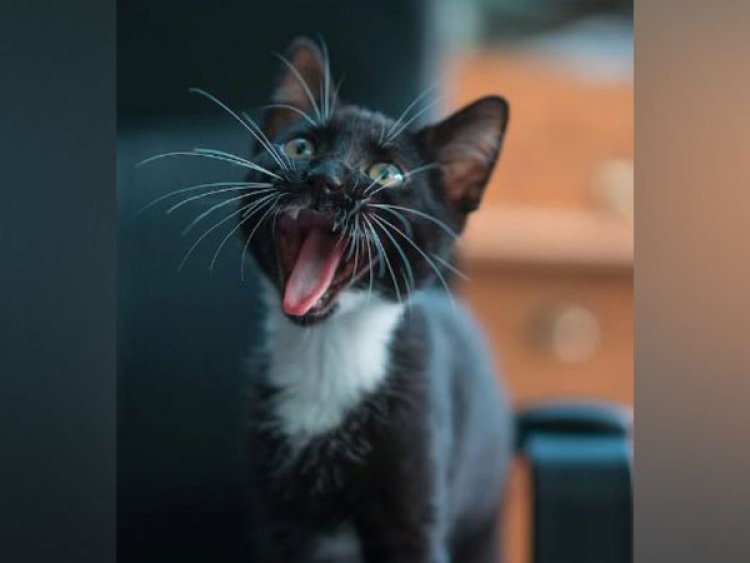Categorization of cats likely to remain problematic: Study

Los Angeles, US: Experts have warned that the categorization of domestic and wild cats will likely remain problematic for the foreseeable future, endangering current efforts to protect and restore native biodiversity.
The native wildcat (Felis sivestris) is currently being restored in Britain, and native species are also being protected in New Zealand by conservationists. In both nations, domestic cats are a threat to other species.
According to the study, New Zealanders have much less sentimental attachment to native species protection through pest management. Domestic cats are therefore treated very differently in the two nations.
Cat conservationists in Britain and New Zealand were interviewed by Dr Virginia Thomas of the University of Exeter and Dr Alexandra Palmer of the University of Auckland.
Even in the name of protecting wildcats, the British public strongly opposes killing feral cats. As a practical response, conservationists are managing feral cats through "trap neuter vaccinate release" programmes rather than by euthanizing them.
The additional benefit of avoiding culling is that it prevents wildcats from being accidentally killed if they are mistaken for feral cats. However, some gamekeepers shoot feral cats as part of their predator control programmes, which is legal.
Wildcats are protected, and killing them is illegal, but it can be difficult to tell the difference between domestic and wildcats. Domestic wildcat hybrids further complicate this issue, making it nearly impossible to prosecute cases of wildcat persecution under current law.
A feral cat is frequently in the eye of the beholder because of different values and attitudes towards cats. Some people may see a cat and assume it's feral, while others may assume it's a wildcat or even a pet cat.
In order to protect native species, New Zealanders, New Zealand conservationists, and even New Zealand cat welfare organisations tend to be in favour of killing feral cats. Inadvertently catching pet cats in traps meant for feral cats or other 'pests' can result in their death. The legal issue in this situation is whether or not cats are truly feral or strays, in which case people must protect them rather than kill them.
Dr Palmer conducted 59 interviews and 16 in-depth discussions with conservation project managers, staff, researchers, Mori stakeholders, and others with relevant interests and expertise in New Zealand. Dr Thomas conducted 26 interviews with individuals working in the field, including conservation communication officers, consultants, practitioners, project managers, policy experts, and researchers, during visits to four wildcat breeding facilities across Britain.
Dr Thomas said, “In theory and in practice, valued companion and wildcats are distinguished from unprotected feral cats and in-between categories of stray and hybrid cats. Those responsible draw boundaries between cat categories differently."
She added, "These differences in boundary drawing reflect the inherent blurriness of category boundaries, practical challenges, and, importantly, differences in values, in particular, whether the priority is placed on the life of the cat or the cat’s potential victim, particularly native or game birds. This can mean that laws outlining protections for specific categories of animals have limited effect if, in practice, those encountering cats draw boundaries differently.
“In Britain, it seems unlikely that legal protection of wildcats in theory can be extended to the field without a quick, easy, and reliable method of differentiating between domestic, hybrid, and wildcats. Reducing gaps between law and practice would require seeking agreement from those involved in cat management to stick to the letter of the law, despite this potentially bringing difficult practical implications.”















































